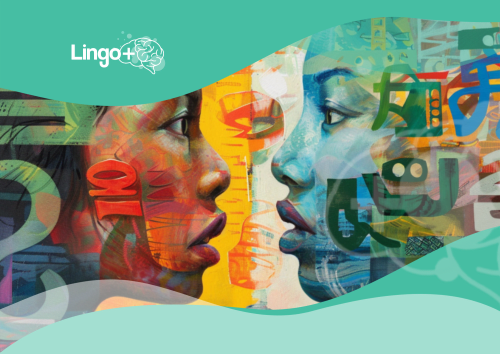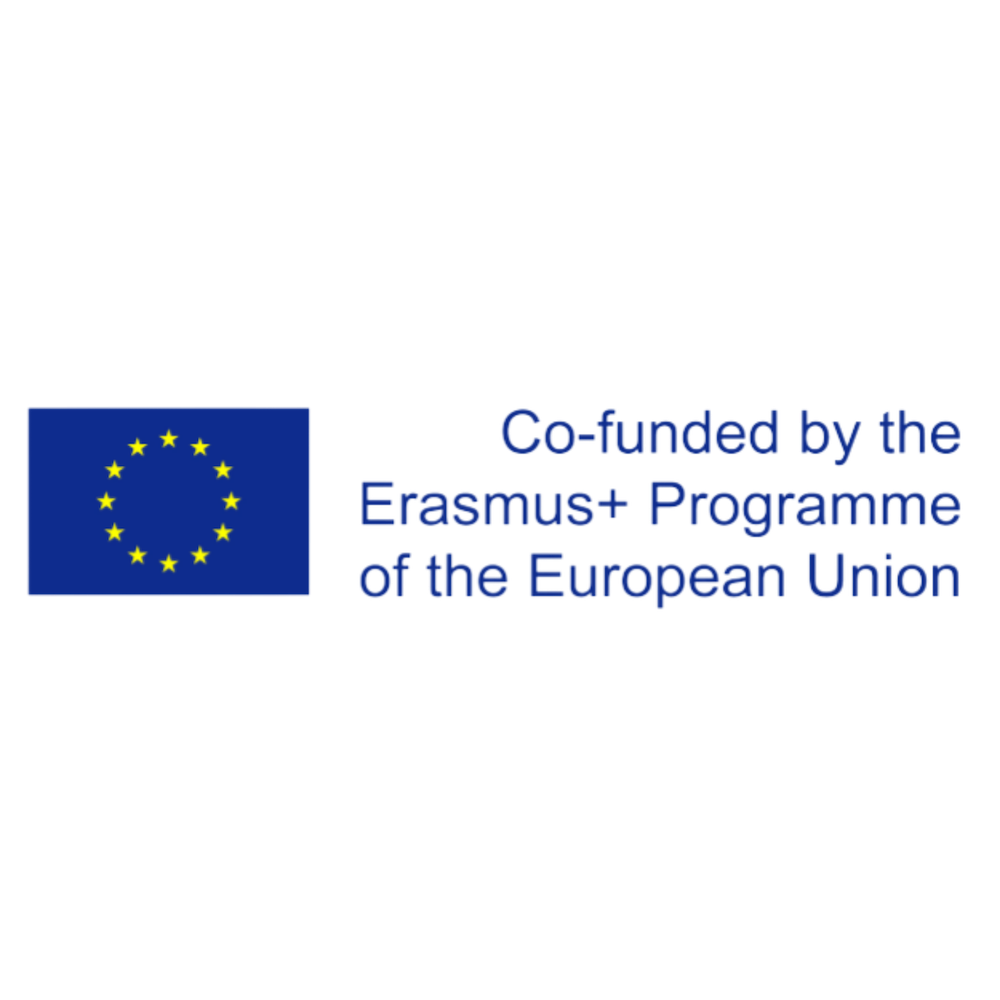Blog

Art as a Tool for Multilingual Learning
Art provides a universal language that transcends linguistic barriers, making it an excellent tool for multilingual learning. This article explores how educators can utilize various art forms to enhance language acquisition and cultural understanding in diverse classrooms.
Integrating Art into Language Education
Visual Arts for Vocabulary Building: Visual arts can help students associate images with new vocabulary, aiding in memory retention. For instance, drawing or painting objects while learning their names in a new language can reinforce word meanings.
Drama and Role-Playing: These methods encourage students to use new language skills in context, enhancing fluency. Role-playing different cultural scenarios also boosts understanding of cultural nuances.
Music and Songs: Music is a natural and enjoyable way to learn language patterns, pronunciation, and vocabulary. Songs in different languages can introduce students to other cultures’ rhythms and sounds, making learning engaging and effective.
Literature and Storytelling: Multilingual storytelling introduces students to different narrative styles and literary traditions, promoting deeper cultural appreciation and linguistic skills.
Benefits of Art in Multilingual Settings
- Cultural Empathy: Art exposes students to a variety of cultural expressions, fostering empathy and a broader worldview.
- Creative Expression: It provides a safe space for students to express their thoughts and emotions, which is crucial in multilingual settings where language barriers might exist.
- Enhanced Engagement: The interactive nature of art makes learning more dynamic and memorable compared to traditional language-teaching methods.
Art, with its profound capacity to engage and express, serves as a powerful educational tool in multilingual classrooms. By incorporating artistic activities into language learning, educators can provide a more enriching, inclusive, and effective educational experience for all students.
Leave your thought here
Your email address will not be published. Required fields are marked *


 Admin
Admin 
Comments (0)